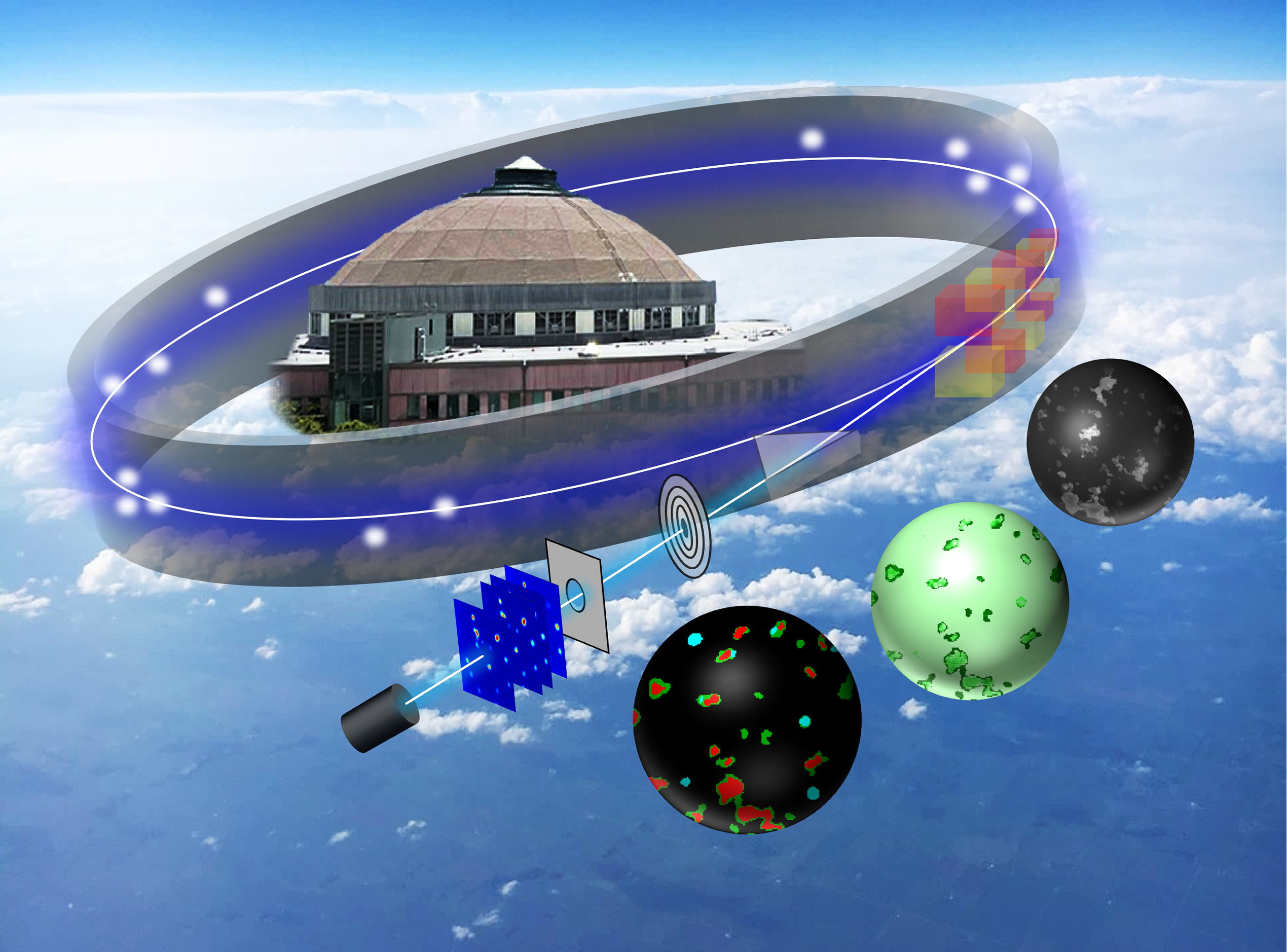Chemical imaging of biomass burning particles
Submitter
Laskin, Alexander — Purdue University
Area of research
Aerosol Properties
Journal Reference
Science
This work investigates particle heterogeneity and mixing states based on chemical imaging (CI) results to provide quantitative metrics describing transformations of real-world biomass burning particles under intricate environmental conditions.
Impact
The effects of atmospheric aerosols on climate include radiative effects, cloud-forming propensity, and chemical reactivity. Aerosol properties are greatly
influenced by particle sizes, and external and internal mixing states of their chemical components. Assessing the uncertainty projection of aerosol effects by
models lacks critical particle-specific information on the composition, morphology, and spatial distribution of chemical species within individual particles. This
work characterizes individual biomass burning particles using complementary spectro-microscopy techniques, which provide quantitative metrics describing
the composition of atmospheric particles and their aging transformations.
Summary
Atmospheric particles were sampled during a bonfire festival as a case study to investigate the physical and chemical transformations of biomass burning (BB) aerosols. Aerosol mass spectrometry was used in situ to characterize the aging and chemical evolution of BB aerosols in real time. During this dynamic period of BB emissions, particle samples were collected for chemical imaging (CI) using spectro-microscopy techniques. Computer-controlled scanning electron microscopy with X-ray microanalysis identified multiple particle types including highly carbonaceous particles, aged mineral dust, and sulfur-containing particles. Scanning transmission X-ray microscopy (STXM) was used to assess the internal chemical heterogeneity of BB particles. A higher contribution of mixed-component particles along with an increase in particle organic volume fraction indicated an atmospheric aging process, consistent with in situ measurements. An estimation method for particle component masses inferred from STXM measurements was used to determine quantitative mixing-state metrics based on entropy-derived diversity measures for different periods of the BB event. Quantitative metrics obtained from CI measurements presented in this work will serve to characterize the evolution of mixed BB aerosols within urban environments.


